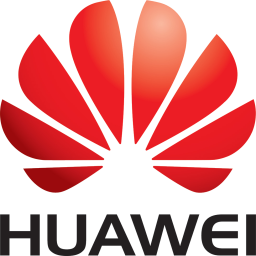Huawei announced that it has been provided by RINA with a detailed study comparing Control-Command and Signalling Subsystem used in Europe and China in terms of requirements related to GSM-R.

Shanghai, China - October 25, 2013 /MarketersMedia/ --
Huawei, a leading global information and communications technology (ICT) solutions provider, today announced that it has been provided by RINA, a well established notified body in the European Rail environment, with a detailed study comparing Control-Command and Signalling Subsystem used in Europe (ETCS L2, European Train Control System level 2) and China (CTCS L3, Chinese Train Control System Level 3), in terms of requirements related to GSM-R.
The Certification division of RINA has successfully concluded their analysis on coherent-ship of Control-Command and Signalling Subsystem ETCS L2 and CTCS L3, regarding GSM-R requirements.
The detailed study analyzed requirements related to the GSM-R network, that is used to operate ERTMS/ETCS L2 or CTCS L3 services. Aim of the study was to find out whether ETCS L2 or CTCS L3 networks have different requirements towards their GSM-R bearer network.
As part of the study individual requirements of ETCS L2 and CTCS L3 where set aside and studied in regards to their impact towards the GSM-R layer.
Huawei says that RINA found no differences in QoS requirements related to GSM-R data communication between ETCS-L2 and CTCS-L3. Both Control-Command and Signalling Subsystems define the same QoS indicators for the GSM-R data communication layer with the same target values. Some differences in the specification have been identified such as frequency requirements of data terminals (EDORs), classification of some optional features in CTCS L3 and low level ETCS-2 functionality details that were not referenced in CTCS L3.
As a result RINA concluded that considering the results of the equivalence analysis of ETCS-L2 and CTSC-L3 Specifications, based on the set of available documents for the CTCS-L3 part, it can be concluded that, excluding the aspects outlined above, the GSM-R requirements and performances for ETCS-L2 and CTCS-L3 are globally equivalent.
To further study coherent-ship between ETCS L2 and CTC L3 RINA analyzed the GSM-R network of the HADA line implementation, as a reference implementation for CTCS-L3. The HADA line is a high speed passenger line of 893 Km length and design speed of 350Km/h. Huawei is the GSM-R network supplier and Bombardier is the signalling supplier for CTCS-L3. HADA line was put into commercial operation on December 2012.
The analysis of the HADA line technical documents showed that the HADA line implementation meets all the ETCS-L2 QoS requirements and mandatory ETCS-L2 requirements, regarding GSM-R functionalities.
About Huawei:
Huawei is a leading global information and communications technology (ICT) solutions provider. Through our dedication to customer-centric innovation and strong partnerships, they have established end-to-end advantages in telecom networks, devices and cloud computing. Huawei are committed to creating maximum value for telecom operators, enterprises and consumers by providing competitive solutions and services. Huawei products and solutions have been deployed in over 140 countries, serving more than one third of the world’s population.
For more information,
visit Huawei on Twitter: www.twitter.com/huaweipress and YouTube: http://www.youtube.com/user/HuaweiPress![]()
Contact Info:
Name: Frank Mao
Email: maofeixiang@huawei.com
Address:
Phone: +86 21 3890 5313
Organization: Huawei